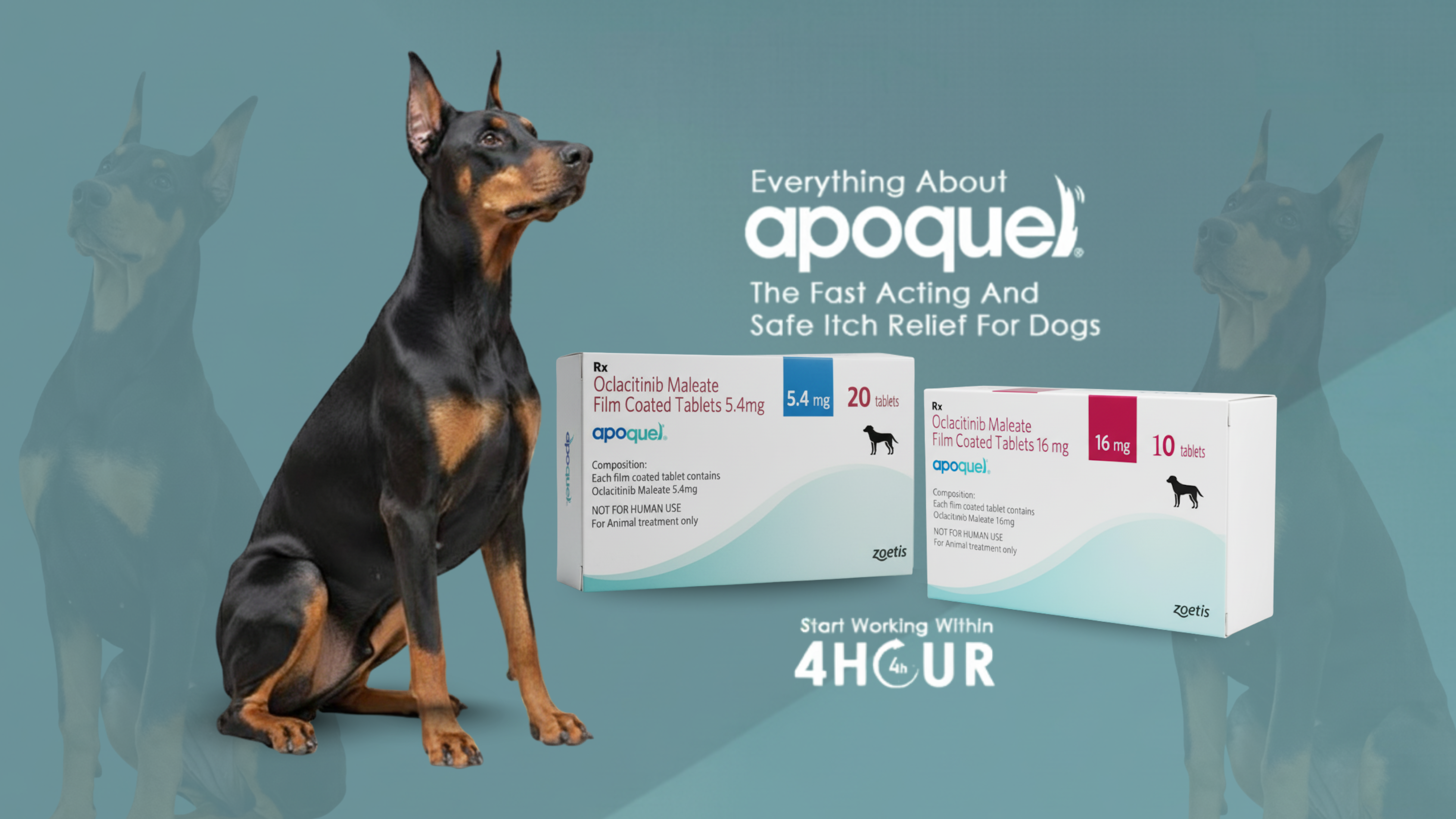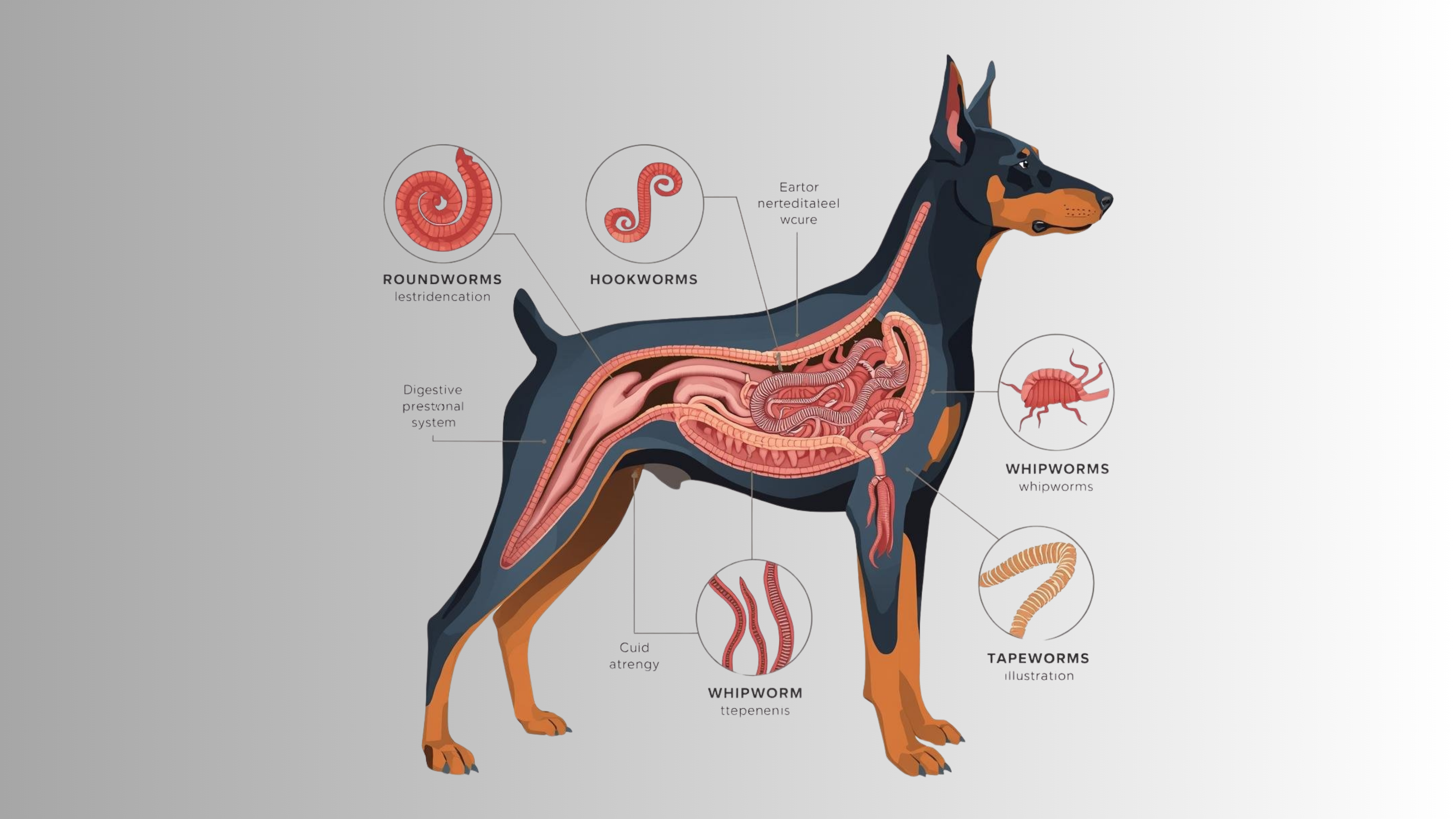
Understanding Ticks in Dogs: Causes, Prevention, Management & Safety Guidelines
, by Pets Lifestyle, 5 min reading time
India’s pioneering pet pharmacy, worldwide seller, and exporter.

, by Pets Lifestyle, 5 min reading time
Ticks are blood-feeding external parasites that can cause significant health complications for dogs. By understanding their biology and taking preventive measures, you can protect your dog from tick-related diseases and discomfort.
Ticks are small, parasitic arachnids (not insects) that attach to animals, including dogs, to feed on their blood. These parasites can vary in size, from tiny nymphs to larger adult ticks. Ticks are known vectors for several serious diseases, such as Lyme disease, Ehrlichiosis, and tick paralysis. These diseases can affect your dog's immune system, organs, and overall health, making ticks a significant concern for pet owners.
Several environmental and lifestyle factors increase the likelihood of a dog becoming infested with ticks:
Outdoor Environments: Dogs are at higher risk when walking through grassy fields, wooded areas, or unkempt outdoor spaces where ticks thrive.
Contact with Stray or Infested Animals: Dogs can pick up ticks from interactions with stray animals or those carrying ticks.
Warm and Humid Climates: Ticks thrive in warm, humid environments, particularly during the summer and rainy seasons.
Poor Grooming Habits: Dogs with infrequent grooming are more susceptible to tick infestations, as ticks may go unnoticed in the fur.
Extended Outdoor Exposure: Dogs that spend prolonged periods outdoors, especially in areas with dense vegetation, are at a higher risk of picking up ticks.
Ticks can transmit a variety of serious diseases, including:
Lyme Disease: Caused by the Borrelia burgdorferi bacteria, Lyme disease can lead to symptoms like fever, lameness, loss of appetite, and kidney damage.
Ehrlichiosis: Transmitted by the Ehrlichia bacteria, this disease affects the blood cells, causing symptoms like fever, weight loss, and bleeding disorders.
Anaplasmosis: This disease, caused by Anaplasma bacteria, leads to fever, joint pain, and lethargy.
Tick Paralysis: Certain tick species release a neurotoxin that causes paralysis, starting in the legs and potentially affecting the dog's ability to move.
Taking preventive measures is essential to minimize your dog’s risk of tick infestation. Here are some tips for tick prevention:
Regular Grooming:
Brush your dog's coat frequently, checking for ticks, especially in hard-to-reach areas such as between the toes, ears, under the tail, and the groin area.
Bathe your dog using a tick-repellent shampoo, as recommended by your pet expert.
Daily Body Check:
Perform a thorough check of your dog's body every day, especially after walks in areas with dense vegetation.
Clean and Safe Environment:
Wash your dog’s bedding regularly in hot water to kill any ticks that may have attached.
Keep your living and outdoor areas dry, clean, and well-lit. Ticks thrive in damp, dark environments.
Avoid Tick Habitats:
Limit your dog's exposure to tall grass, brush, and areas frequented by stray animals, where ticks are most abundant.
Supervise outdoor activities, ensuring they take place in tick-free zones.
Use Tick Prevention Treatments:
Consult your pet expert to choose the most suitable tick prevention products based on your dog’s size, age, and lifestyle. Options include:
Chewable Tablets: These are easy to administer and often contain ingredients like fluralaner or afoxolaner, which kill ticks by affecting their nervous system.
Topical Spot-On Treatments: Applied directly to the skin, these treatments often contain active ingredients like fipronil or permethrin.
Tick Collars: These collars release chemicals like imidacloprid or flumethrin, which repel and kill ticks for extended periods.
Tick Sprays: These can be used for immediate protection, applied directly to the dog’s coat, avoiding sensitive areas like the eyes and mouth.
If you find a tick on your dog, follow these steps for safe and effective removal, as advised by Pet Expert Vishnu Dutt Tripathi:
Safe Tick Removal:
Use a tick remover or fine-tipped tweezers to carefully pull the tick out. Avoid twisting or jerking, as this could leave parts of the tick embedded in the skin.
After removal, disinfect the bite site with antiseptic to prevent infection.
Monitor the Bite Site:
Keep an eye on the area for signs of infection such as redness, swelling, or discharge. If these occur, consult your pet expert.
Treat the Dog:
Apply any prescribed tick prevention treatment (oral, topical, or collar) to prevent further infestations.
Sanitize the Environment:
Thoroughly clean your dog’s living area, including bedding and common spaces. Consider treating the outdoor environment with acaricides to reduce tick populations.
Monitor Your Dog’s Health:
Watch for signs of tick-borne illnesses, such as fever, fatigue, or appetite loss. If any unusual symptoms arise, contact your pet expert immediately.
While tick treatments are generally safe, some dogs may experience mild side effects. These can include:
Vomiting or diarrhea
Lethargy or reduced energy levels
Itchy or red skin at the site of application
Temporary loss of appetite
In rare cases, more severe reactions like tremors or seizures may occur. Always monitor your dog after administering tick treatments and consult your pet expert if you notice anything unusual.
Tick control is a crucial part of your dog’s overall health care. Regular grooming, a clean living environment, and the use of effective tick-prevention products, as recommended by a trusted pet expert, can help keep your dog tick-free and healthy. Early detection and prompt action are key to preventing the serious consequences of tick-borne diseases. Always consult your pet expert if you have concerns or need advice on the best tick prevention methods for your dog.


